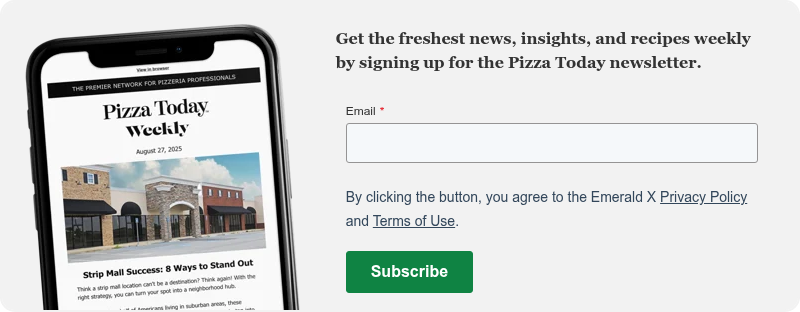Changing Customer Service Dynamic
During the COVID-19 pandemic, a period marked by widespread staffing shortages and increased stress on the hospitality sector, the restaurant industry devoted significant attention to employee well-being and respectful customer-staff interactions. In July 2021, for instance, the Rhode Island Hospitality Association released its “Please Be Kind Toolkit” featuring mental health resources alongside information about handling unruly customers.
Though the pandemic has faded, the focus on supporting restaurant staff remains marked by a still-accelerating shift from “the customer is always right” to “we have our employees’ backs.” Some restaurants, in fact, have posted signage sharing directives, such as: “Be nice to our employees who showed up to work today.” Others have installed a zero-tolerance policy for disrespectful behavior toward staff and even blacklisted disorderly customers.
If employees encounter a difficult customer and do not feel supported by management, research from Perceptyx’s Center for Workforce Transformation finds those team members are more likely to disengage from work or look for a new job. Whether it’s fueled by humanity or the business benefits of employee retention, more restaurants are breaking from the “customer is king” mindset to back team members.
“This is a new movement going on,” says Kathy Kim, a University of South Carolina-based researcher who investigates service failure and recovery in hospitality environments. “Rather than the short-term gain restaurants might get by appeasing one difficult customer, they’re looking at the long-term investment in their team and prioritizing employee support.”
DANIEL P. SMITH is a Chicago-based writer who has covered business issues and best practices for a variety of trade publications, newspapers and magazines.



